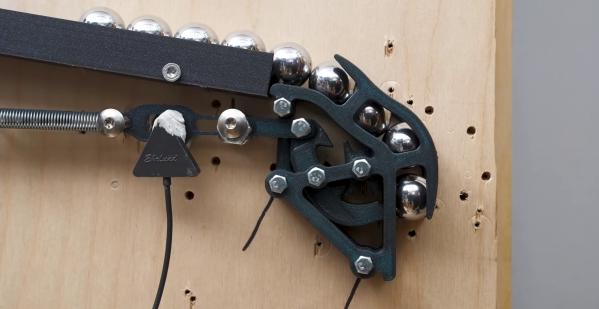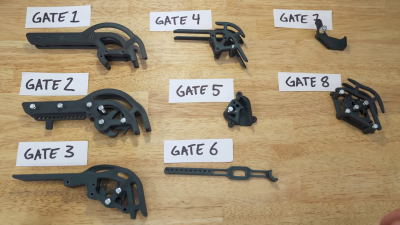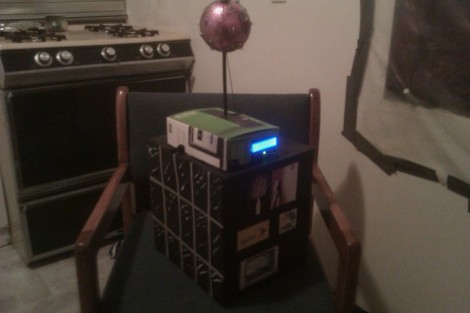The New Year’s Ball Drop in New York City stems from an old English naval tradition. These days, it’s more of a celebratory thing, and [Jon Gonzalez] wanted to bring a bit of that joy to his own celebrations. Thus enter the Ball-Drop-O-Matic 3000.
The ball itself consists of two 3D printed halves assembled together with a linear bearing in the middle. It’s loaded up with a ton of addressable LEDs to give it plenty of flash, pomp, and circumstance as it rides down the flagpole. Animations are coded in to the K-1000C display controller using LEDEdit2014, an older piece of software which can turn Flash animations into commands to run WS2812B LED strips.
Lowering the ball is handled by a motorized winch. The winch is mounted at the base of the flagpole for aesthetic reasons, with the cable travelling up to the top of the pole, over a pulley, and back down to the ball. The descent speed is set to countdown the last minute of the year, with numbers animated on the ball itself.
The build was clearly a great addition to [Jon’s] New Years celebrations, even if it wasn’t quite finished until 9:35 PM on the big night. We’ve seen other fun ball drop builds before, too.
Continue reading “Homebrew Ball Drop Machine Rings In The New Year”
















